Pictures of Belonging Reveals Hidden Stories of Japanese American Artists
Pictures of Belonging at the Smithsonian American Art Museum spotlights Miki Hayakawa, Hisako Hibi, and Miné Okubo, three Japanese American women artists whose overlooked stories bring powerful voices to the forefront of American modern art.
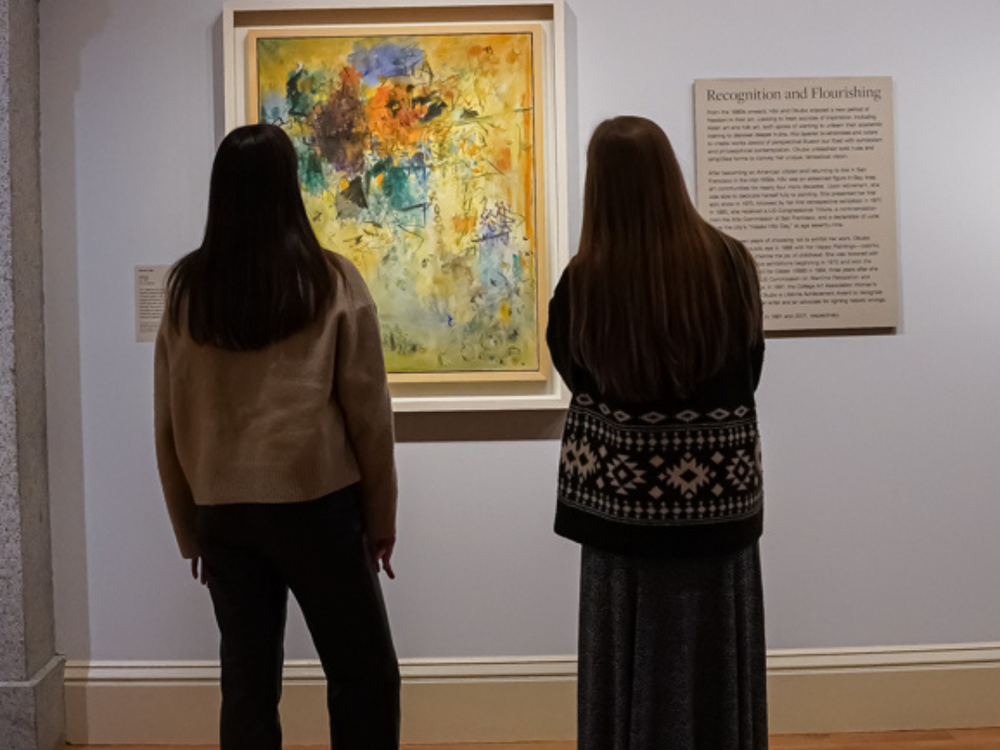
Pictures of Belonging: Miki Hayakawa, Hisako Hibi, and Miné Okubo, now on view at the Smithsonian American Art Museum, expands the traditional story of twentieth-century American art by highlighting three women whose important contributions have remained largely unknown despite their critical praise and lasting artistic success.
Miki Hayakawa (1899–1953), Hisako Hibi (1907–1991), and Miné Okubo (1912–2001) were among the most visible and critically recognized artists of Japanese descent working in the United States before World War II. Their careers spanned eight decades and four states, yet as curator ShiPu Wang notes, "the full extent of their contributions remains underrecognized within twentieth-century American art history."
Artistic Styles Shaped by Displacement and Relocation
All three women were part of the lively San Francisco Bay Area art scene that grew between the World Wars (1918 to 1939). Hayakawa and Hibi, both immigrants from Japan, met in the 1920s at the California School of Fine Arts, while Okubo completed her degrees at UC Berkeley in the mid-1930s. Their artistic growth was deeply shaped by the difficult events of their time, especially Executive Order 9066, which forced all three from their California homes in 1942. Hayakawa relocated to Santa Fe, New Mexico, as a result of the executive order, while Hibi and Okubo were both incarcerated at the Topaz Relocation Center in Utah.
The exhibition shows how each artist developed her own unique style while dealing with displacement and hardship and how each artist subsequently went through a period of exploration and artistic freedom. Hayakawa's One Afternoon (1935) shows her ability to create glowing portraits, capturing a private moment with an unclear relationship between painter and subject that suggests both closeness and emotional distance. Known for her thoughtful approach to painting people, Hayakawa continued painting portraits after relocating to Santa Fe, and her technique shifted towards a lighter, softer style.
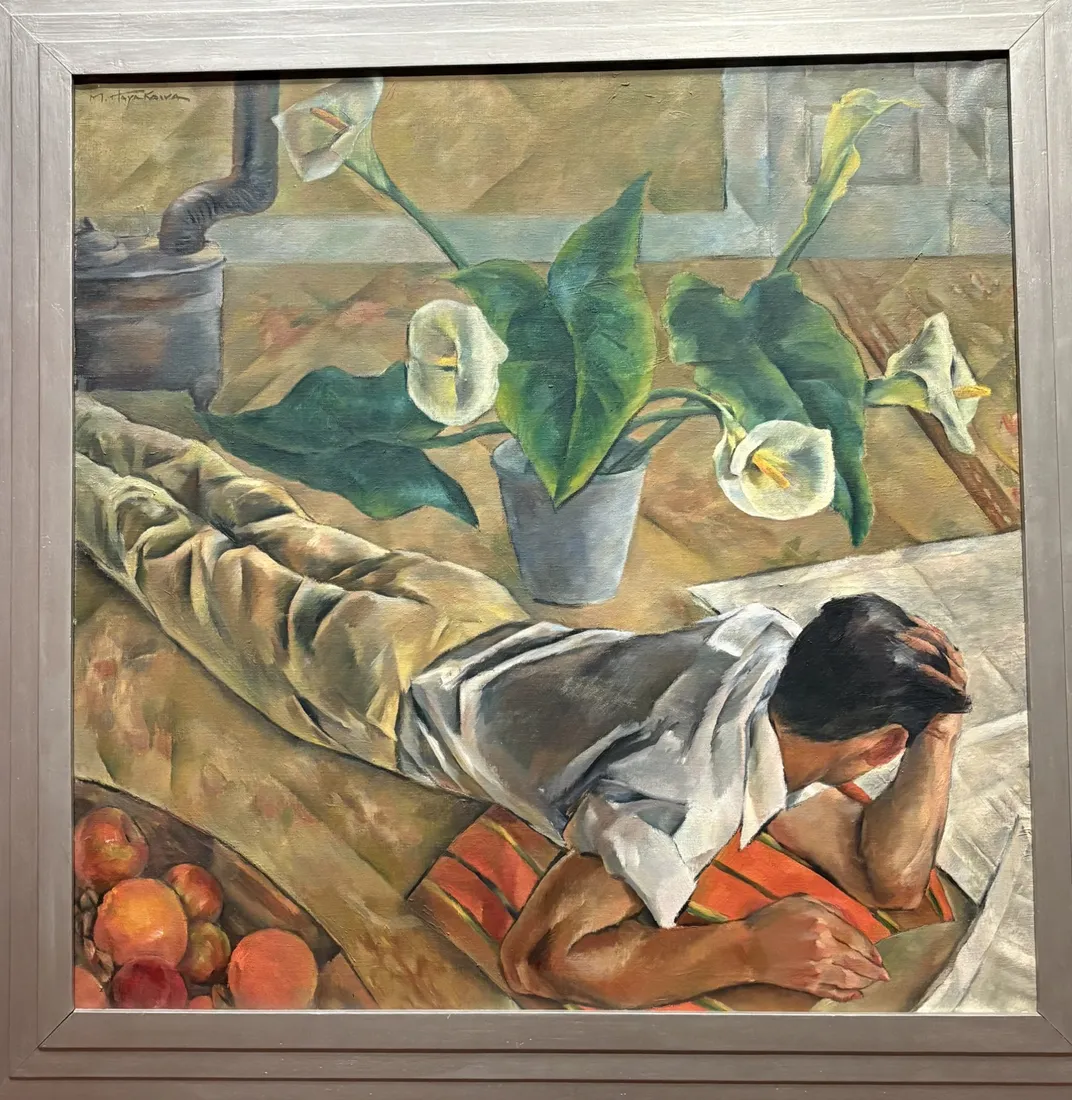
Okubo's powerful Wind and Dust (1943), showing what appears to be a family group caught in a dust storm, works as a symbol for the uncontrollable forces that affected Japanese American families during the war years. While best known for her 1984 American Book Award-winning graphic memoir Citizen 13660, which documented her experience being incarcerated during the war, Okubo focused on realistic depictions of everyday life, a style known as American social realism, before moving toward a more abstract approach with bold color and simple forms in her later works.
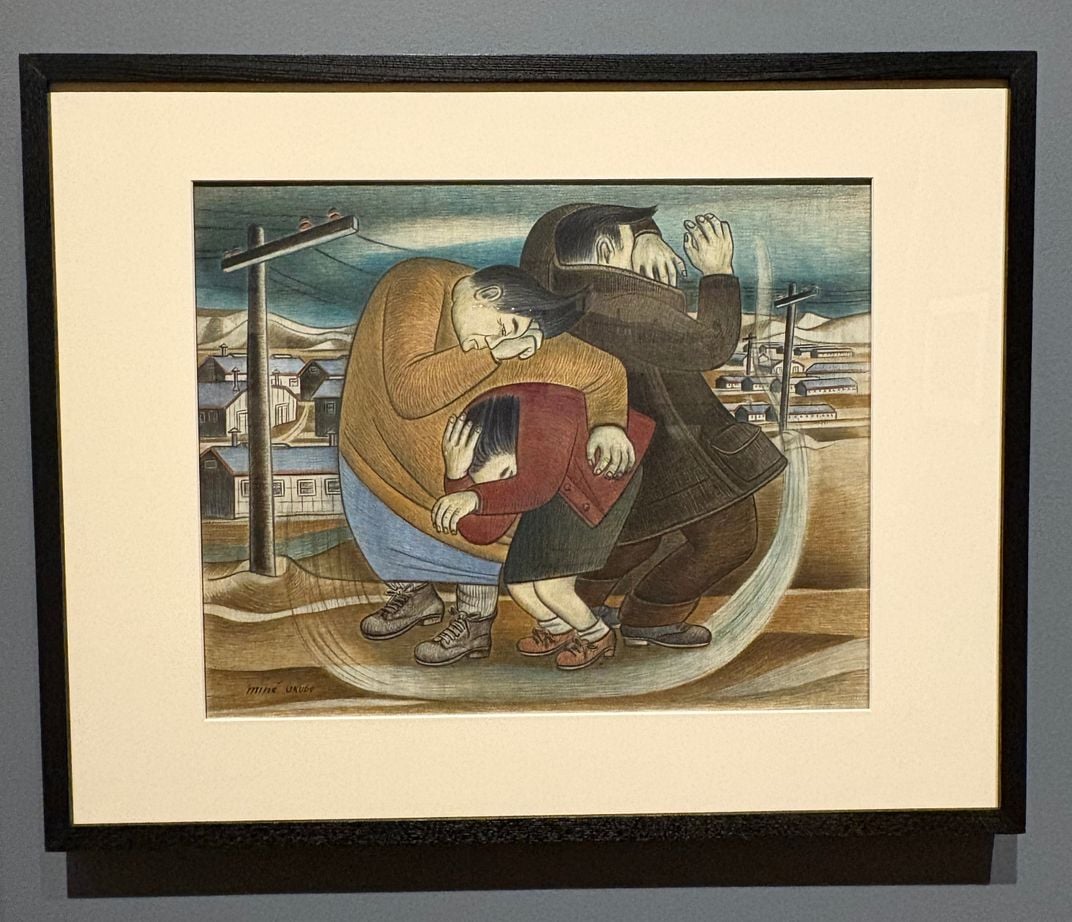
Hibi's artistic journey shows perhaps the most dramatic changes through her experiences. Though many of her early works were lost when Hibi and her family were sent to Topaz, the landscape and still life paintings she produced while incarcerated have become her most famous. Her late 1960s painting Autumn shows how her work later became "brighter and freer," mixing American abstract art with Japanese ink painting traditions. In Autumn, figures in the bottom left are made small by abstract autumn leaves, showing her change from landscapes and still lifes to symbolic paintings filled with abstract marks of color.
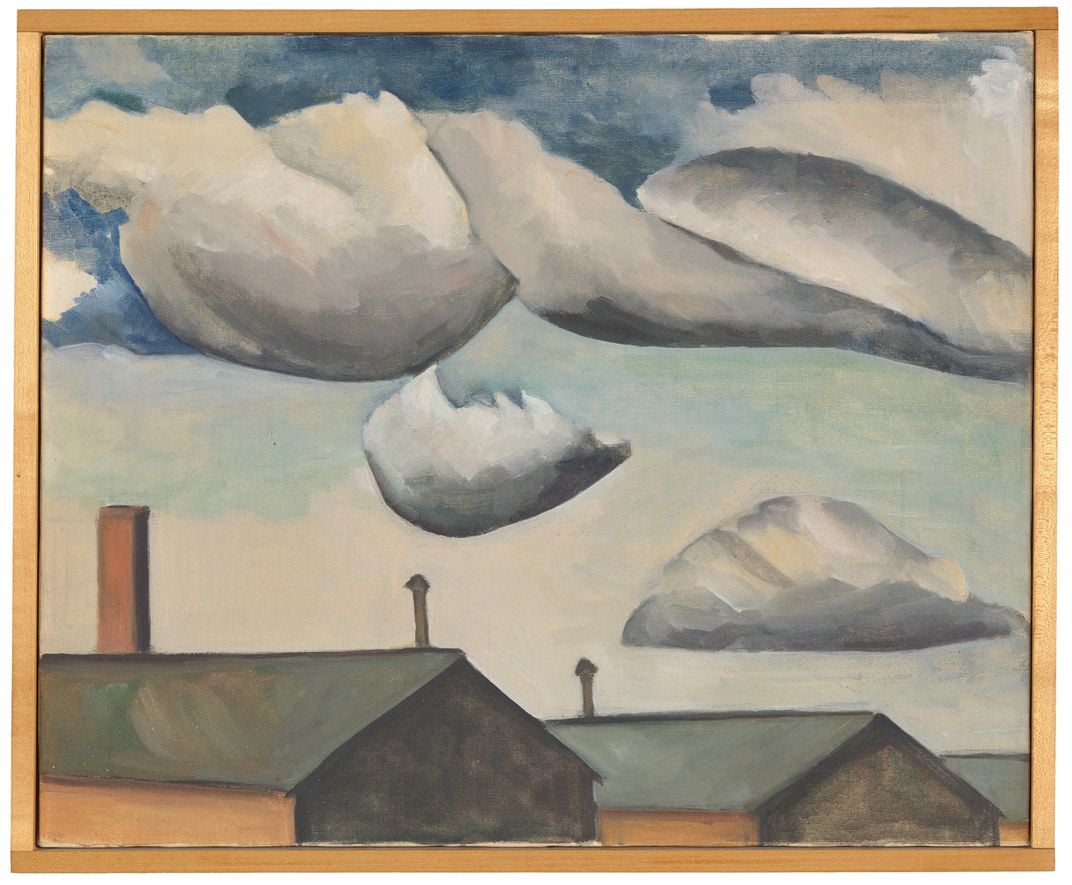
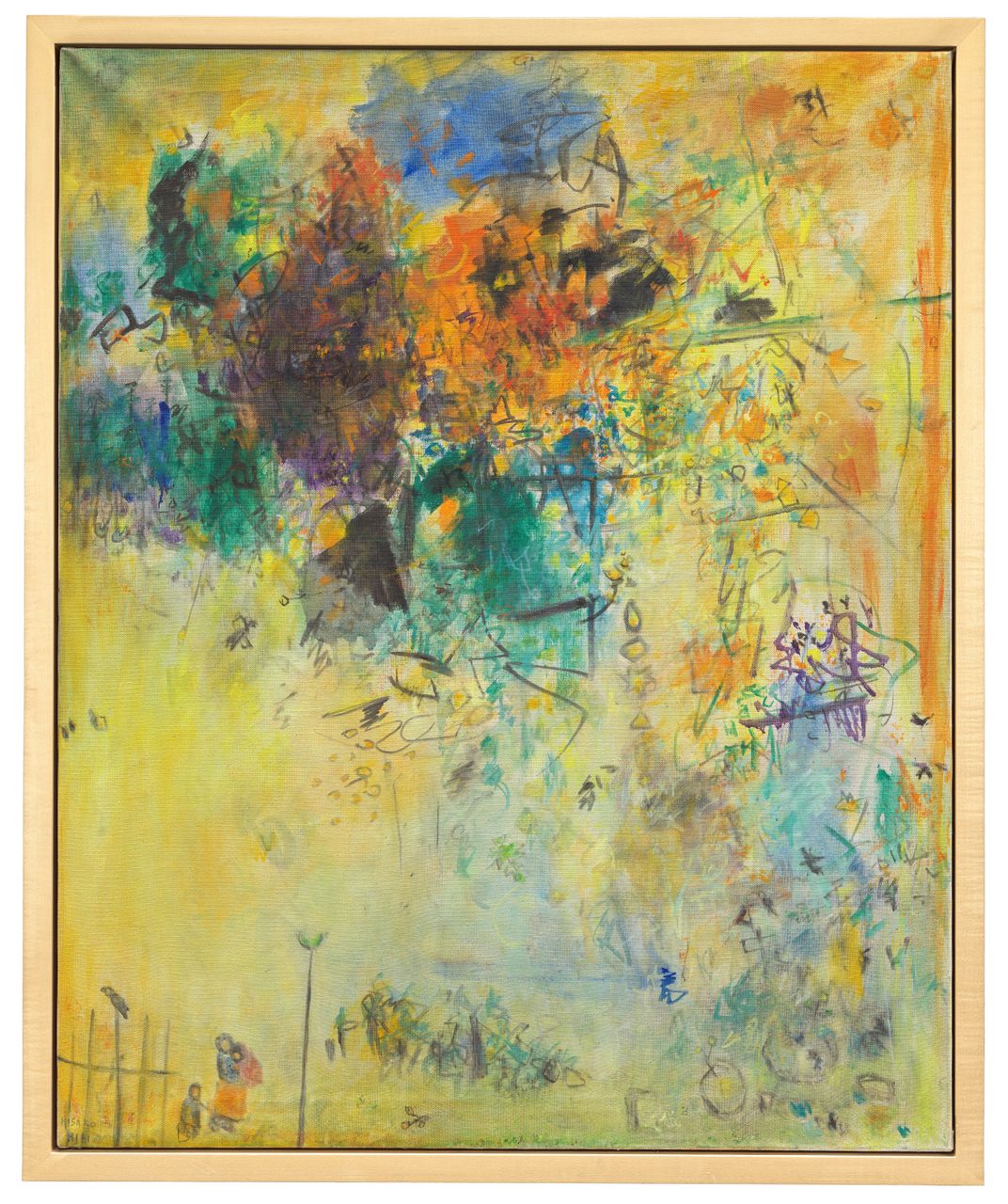
Expanding the Story of American Art
The exhibition includes recent additions to SAAM's collection, including Hibi's Floating Clouds (1944) and Okubo's Portrait Study (ca. 1937), part of the museum's ongoing effort to expand representation of Asian American experiences and artistic achievement. These works, created during what curator Melissa Ho describes as "tumultuous decades in U.S. history," carry powerful stories of strength, beauty, and connection.
Pictures of Belonging asks important questions about the American experience through the eyes of immigrant artists: How did they participate in and contribute to twentieth-century American art? What stories does their art tell us that are missing from existing U.S. history? By presenting these three women's artworks and life stories together for the first time, the exhibition reveals a broader, more complete picture of American modern art and reminds viewers of art's power in the face of hardship.
Pictures of Belonging: Miki Hayakawa, Hisako Hibi, and Miné Okubo, which received funding administered by the Smithsonian American Women’s History Museum, is on view at the Smithsonian American Art Museum through August 17, 2025. The exhibition is curated by ShiPu Wang and organized by the Japanese American National Museum, coordinated at SAAM by Melissa Ho with Anna Lee.